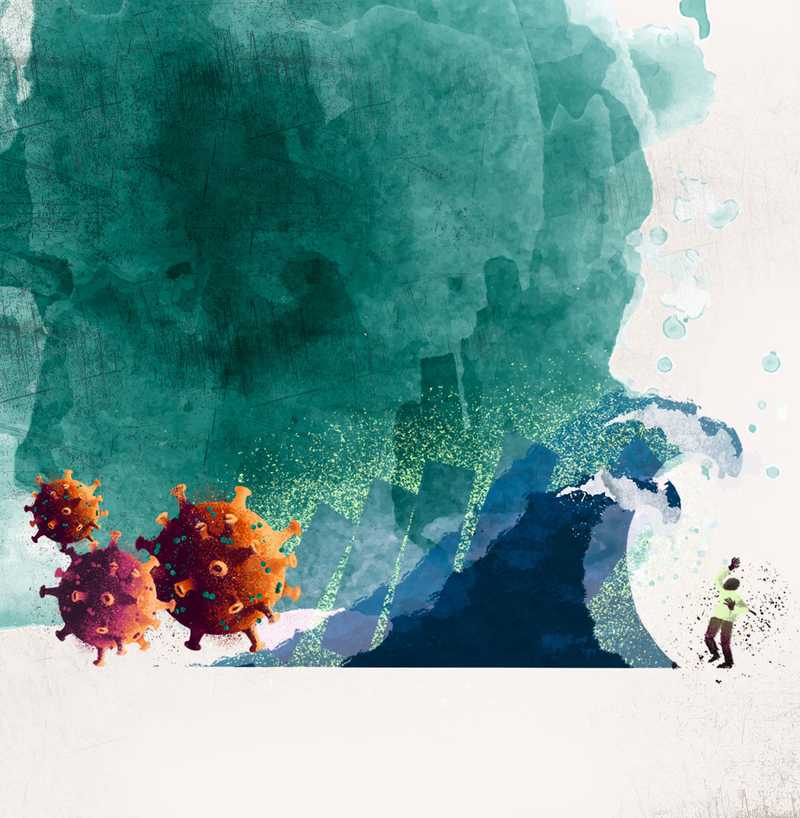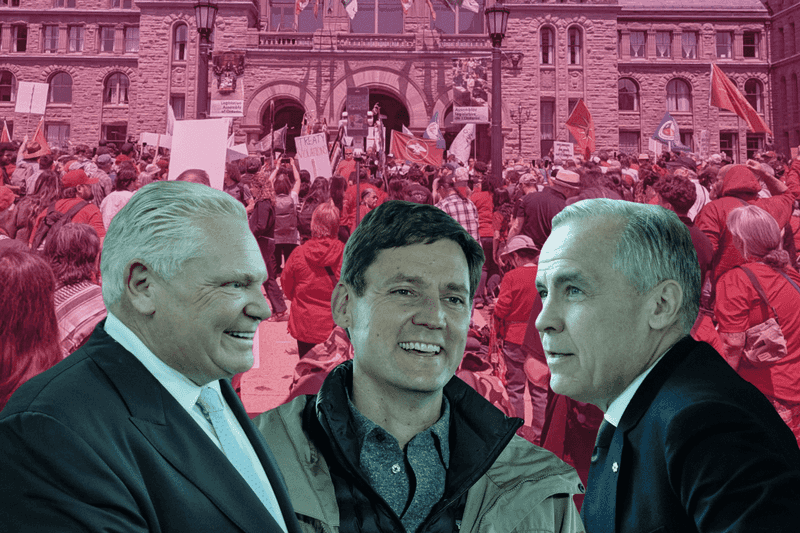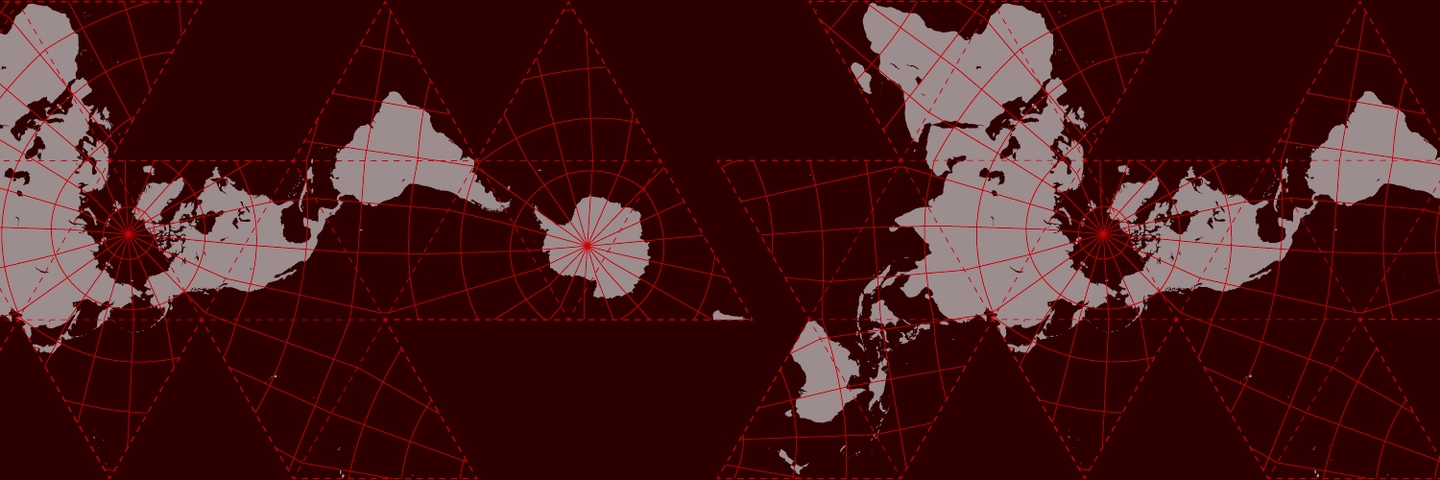
This essay is part of the “Debt and Power” series of Progressive International’s Debt Justice Blueprint.
To default on your debts, we are told, is to fail, to break your promises, to stain your personal honor, and that of your family along with it. In the previous essays of this Blueprint, we read about how creditors, corporations, and vulture funds conspire to make debtors feel lonely, broken, and saddled with this sense of moral failure.
But while our legal systems punish some debtors for defaults, they are actually set up to permit other debtors to “restructure” their debts and walk away from their obligations completely. Capital is aware of this strength. In the United States, corporate bankruptcy protections like “Chapter 11,” which allows corporations to restructure their debts, are said to encourage “risk taking,” allowing huge firms like General Motors, Purdue Pharma, and Sears to assume massive debts and then renegotiate them when their bets don’t pay off—often leaving workers and pension-holders suffering the harshest consequences.
We are now watching this process in real time. After a wave of corporate bankruptcies in the 2008 financial crisis, the COVID-19 crisis has inspired another. Even as huge companies in countries like the United States have laid off tens of thousands of workers, they have fought in court to ensure that they can give lavish bonuses to their top executives as they prepare to restructure their debts. The US Federal Reserve, for its part, is backstopping the private risk of huge firms by setting up special funds for buying corporate debt — a classic case of socialized risk and privatized gain.
And so we see that when it comes to debt, there is one set of rules for the rich, and another for the rest of us. Protections like “Chapter 11” are afforded neither to poor countries facing sovereign debt crises nor to ordinary workers who find themselves overburdened with debt. When poor countries and poor people fall behind on their debts, in fact, the “solutions” almost always make things worse, resulting in higher interest rates and more onerous systems of punishment and surveillance. Developing a reputation as a credit risk, either as an individual or as a poor country, comes with the threat of losing access to credit altogether. This threat acts as a powerful deterrent to default, forcing poor countries and poor people to accept predatory terms that routinely lock them into never-ending spirals of indebtedness, poverty, and desperation.
But what if we flipped the pyramid on its head?
If poor countries and poor people have few of the protections that rich corporations have, they do have the power of their collective strength. Even as the “structural power of finance”—that is, the ability of creditors to decide who gets access to money and who doesn’t— has grown, so has the ability of debtors to mobilize their crucial role in the global financial system. Put another way: as finance becomes increasingly central to the entire global economy, so does the political power of collective debt refusal. By recognizing their key role in the functioning of global capitalism, debtors can reclaim their lives, their communities, their countries, and transform the global economy for good.
This essay examines and draws inspiration from historical debtors revolts which can inspire us and help construct a blueprint for debt justice built around our collective strength.
The Weight of Debt
Recent decades have seen repeated financial crises spurred by the threat of sovereign debt default. Mexico’s announcement in 1982 that it could no longer meet its foreign debt obligations touched off a spiral of debt crises whose reverberations continue to be felt today. Since then, the poorer countries of the world have sent $4.2 trillion in interest payments to their creditors in the Global North. Governments now regularly take on new debt that is only intended to allow them to continue paying existing debts, often in the form of “conditional loans” that come with demands for budget cuts, austerity and the dismantling of democratic institutions – as in the case of Ecuador in 2020, at the hands of the IMF. And the fear of losing access to the capital necessary for development keeps many poor countries in line, as the world’s most powerful countries and biggest financial institutions collude to ensure that countries that threaten to default are punished with the threat of cutting off credit altogether.
It hasn’t always been this way. In earlier eras, states frequently defaulted on their debts, playing one creditor off another or renegotiating debt for pennies on the dollar. And some states wanted to go even further, as in one case during the 1930s, in the aftermath of the Great Depression. The Mexican government had already been facing the wrath of creditors and powerful governments for decades, having defaulted on its foreign debt during the Mexican Revolution. Groups of bankers and bondholders got together to form creditors’ cartels to make sure that no one would lend to Mexico until its outstanding debts were repaid. In response, Mexican Foreign Minister José Manuel Puig Casaraunc laid out a vision for the collective power of debtors in 1933 that resonates to this day. He argued for recognizing the necessary interdependence involved in debt: credit is an “‘an equation’ of at least two terms,” he argued, and “exactly the same service is rendered by the party who grants the loan as by the party that takes it.” That is, just as the debtor needs the creditor’s funds, the creditor needs a productive outlet for their surplus capital—the borrower. Without that borrower willing to take their funds and return them with interest, creditors would make no money.
But the international financial system hadn’t recognized the crucial role that borrowers played in the functioning of the global capitalist system. Puig argued, therefore, for a “new legal and philosophical conception of credit,” one that recognized the central role that debtors played—and one in which debtors, collectively, recognized their own power within the system.
His vision for a democratic distribution of credit, one in which debtors’ economies and societies would not be subordinated to the profit motives of the biggest and most powerful financial institutions, was not realized in the 1930s. But his call for recognizing the systemically crucial role of debtors to the functioning of the global economy is one that still resonates, and one that can guide the collective power of both individual and national debtors.
When debtors get unruly
When sovereigns threaten to default, it makes major headlines. But private individuals defaulting on mortgages or credit card bills is hardly newsworthy — except when many people go “delinquent” all at once: then, they can shake the moral and economic foundations of the financial system.
Of course, the path from debtor resistance to debtor triumph is far from certain. When millions of US subprime borrowers simultaneously defaulted on their mortgages, it was the lenders — not the debtors — who succeeded in asserting their power. While the US government bailed the lenders out of their bankruptcy, the very same lenders launched foreclosure proceedings against 1.3 million properties in 2007, 2.3 million properties in 2008, and 2.8 million in 2009. Millions of people – both ‘prime’ and ‘subprime’ borrowers and their families – lost their homes. Minorities and women suffered most.
Yet, recent financial history is also full of examples of borrowers collectively renegotiating or refusing payment obligations they no longer see as valid. Take the case of Iceland’s citizens repudiating the debts of the country’s massively over-leveraged banks. Official history recorded these events between 2008 and 2011 as the “Icelandic financial crisis”, though in truth it was a nationwide debtor revolt and a political revolution. Private Icelandic banks had offered extremely lucrative savings accounts to investors abroad and accrued unpayable external debts worth more than five times the country’s GDP. The government of the United Kingdom invoked anti-terrorism legislation to coerce Iceland’s government into repayment. But Iceland’s citizens rejected the repayment plan twice and ousted their government in the “Kitchenware Revolution”, which brought forth a Citizens’ Assembly to debate changes to Iceland’s Constitution. Bankers and politicians were put on trial, given prison sentences, and most of the debt was written off.
Iceland’s example may seem hard for others to emulate. Yet, some of the world’s poorest people have also demonstrated the power debtors have when acting collectively. Starting in Bolivia in 2000, a wave of borrower revolts has swept the global microfinance industry, with millions of poor people in Bosnia-Herzegovina (2008), Nicaragua (2008-9), India (2010-11) and Morocco (2011-13) protesting against unreasonable demands, refusing to pay, and forcing debt renegotiations and write-offs. In many cases, it was the excessive force used by microfinance institutions that triggered popular outrage and solidarity amongst the otherwise unorganised class of microborrowers – typically artisans, street vendors and small farmers – and first catalysed demands for the renegotiation of loan terms, and then outright refusal.
In Nicaragua, after some borrowers were arrested, tens of thousands demanded their release and better terms. A movement came together under the simple banner No Pago (I won’t pay). After clashes with local authorities saw microfinance offices burnt down, politicians took note and No Pago representatives were able to bring two bills into parliament, forcing lenders to renegotiate longer loan terms and lower interest rates. In India, after lending agents coerced dozens of borrowers into committing suicide (the microfinance lenders were eyeing their life insurance), protests and violence erupted across Andhra Pradesh, forcing the state government to decree a stop to all microfinance activity. When the loan agents returned, they found borrowers collectively hostile and unwilling to pay, and over $1 billion in loans had to be written off. In Morocco’s poor South, during the Arab Spring, a women-led movement, Victimes du Microcrédit, organised resistance against loan collections and shut microfinance offices down. However, the Moroccan government colluded with lenders and suppressed the movement.
These examples serve to illustrate how even some of the world’s poorest debtors have successfully exercised collective power. Of course, borrower revolts may be messy and full of political risks: No Pago was largely co-opted by Daniel Ortega’s government; Andhra Pradesh’s microfinance giants simply moved on to other Indian states; and the women leading Victimes du Microcrédit were dealt prison sentences. But they express a rising debtor consciousness around what EP Thompson called “moral economy”: a fundamental, universal insistence by ordinary people on fair market outcomes and their willingness to take direct action for the same.
Becoming a systemic threat
In the 18th and 19th century, working people’s moral economy sparked the trade union movement. In the 21st, could debtor disobedience become the foundation for a global movement? Establishment actors often portray defiant debtors as ignorant peasants, financial Luddites or populist political pawns. A progressive politics of debt reverses the condescension, reveals the class dynamics and helps build the collective power of debtors who cannot or will not pay.
Debtor class consciousness and consensus for action will not be easy to build. Debts are often hidden away in shame and steeped in moral obligations (you must pay what you promised). But whether expressed as in the USA “the 1% vs. the 99%” or in Nicaragua as “usurers vs. peasants”, people have a subjective awareness of the objective relations of debt. At the apex of global financial value chains – whether built on mortgages or microfinance loans – ultimately sit the world’s wealthiest capital accumulators, while at the grassroots sit debtors and citizens who can comply or cease to play along. The larger the collective, the greater their power when they use it. Financial markets depend on regular payment streams, and the power to disrupt them makes debtors’ collectives a powerful systemic threat to financialised capitalism.
Debtor Internationalism
Given the global structure of the debt regimes, internationalism is indispensable. Debtors’ movements formed at national or subnational levels must not be left to fight alone. International solidarity was critical to Iceland’s success, for example, as a global public watched with sympathy and backed Iceland against British threats. Protesting micro-debtors have not captured as much global attention. A crucial test will be Cambodia’s impending micro-debt crisis: Cambodians are “the largest class of micro credit borrowers in the world”, and up to 2.2 million people are at risk of losing their land that was pledged as collateral. Will progressive forces support them?
Lenders’ strength is visible everywhere. Debtors are only just discovering theirs. Debtors can exercise collective power when they:
- highlight the interdependency of the debt relationship;
- become aware of shared interests and organise;
- are able to combine specific demands for change with threats of fundamental refusal to repay; and
- work in solidarity with wider progressive movements.
A progressive international movement can help defiant debtors to bring the fight to the palaces of finance. They can bring debtors’ movements together, co-develop action strategies, and translate particular demands into universal political language, such as democratising default. When debts serve no greater good than to enable more private wealth accumulation, declaring them illegitimate strikes at the heart of financial capitalism, which turns out to be exceptionally fragile and dependent on political support in the face of systemic threats. Therefore, tactical political victories, such as debt forgiveness, stronger consumer protection, and financial accountability are steps toward a greater prize: the solidaric, debt-free ownership of the means of production.
Christy Thornton and Philip Mader are members of the Progressive International Debt Justice Collective.
Christy Thornton is an assistant professor of sociology and Latin American studies at Johns Hopkins University, where she helps to lead the Latin America in a Globalizing World initiative.
Philip Mader is a political economist and economic sociologist who researches and teaches at the Institute of Development Studies, UK.
From the Blueprint team at Progressive International
We live in a world of debt. The depth and breadth of global “debtification” is difficult to overstate. It is the primary contention of this collection that all these disparate dynamics — hedge funds raking in pandemic profits, students struggling to afford an education, micro-borrowers on the brink of bankruptcy — are different manifestations of the same basic structural mechanism at the heart of the global financial system: the endless cycle of privatized gains and socialized losses. Simply put, the rich get richer, while the poor, by design, remain poor.
The goal of this Collective is the goal of progressive movements around the world, to end that cycle. Read the full Debt Justice Blueprint here. If you’re interested in engaging with us, please write to Varsha Gandikota-Nellutla at [email protected].



